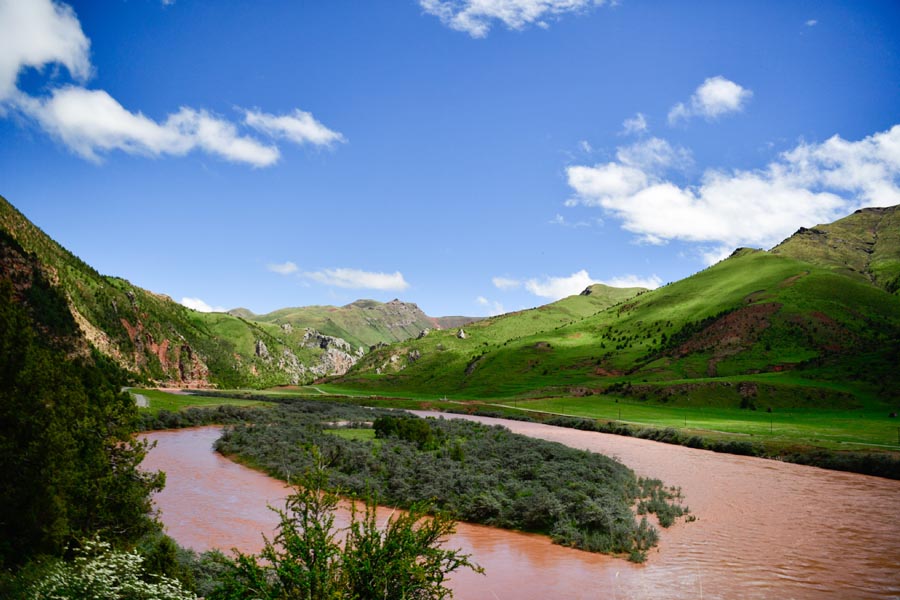 |
|
The Lancang River is pictured in Zadoi county, Yushu Tibetan autonomous prefecture, Qinghai province, June 21, 2019. [Photo/Xinhua] |
A database for wildlife protection
Since the pilot park was established in 2016, the Chinese government has invested 2.25 billion yuan ($330 million) for infrastructure construction there, such as monitoring facilities, community education and construction of big data centers, according to official statistics.
In 2015, Yushu's Zadoi county government teamed up with Sanjiangyuan National Park Lancang River Management Committee, Peking University and Shanshui Conservation Center, to jointly launch a field conservation station in Namsei village, which carries out a series of activities ranging from wildlife monitoring to community training and nature watch projects.
"The station's monitoring work mainly focuses on snow leopards. If the number of snow leopards is stable, it means the quality of the pastures and environment here is good," said Liu Xinnong, a student from Peking University who currently works as a volunteer at the station.
"Monitoring efforts in recent years have contributed to the lack of data on wildlife in the region," she noted. It is estimated that there are around 40 snow leopards in Namsei.
Conservation prioritized to economic development
"Yushu is located at the source of China's three great rivers. Both the provincial government and the prefecture government understand (our ecological responsibility) and emphasize protection. We all have this consensus," said Tobgyal, director of Yushu's ecological environment bureau.
The area has prioritized environmental conservation before economic development, also part of the local government's commitment to ensure water quality in the upstream region of China's three major rivers, which influences 20 provincial areas across China.